SIGMA CONNECTIVITY AND SPACE TECHNOLOGY
Recently our colleague Cecilia Neikell took the stage at IDEON’s Innovation Days live event and told the world: Sigma Connectivity is in space. Cecilia opened by saying, that when she first started working at Sigma Connectivity, 8 years ago, she asked herself - we know how to make mobile phones, but what else can we do?
We can do a lot of different stuff, very cool stuff.
No industry is too complex to connect, we have successfully delivered over 1000 projects within the areas of IoT, Consumer products, MedTech, CleanTech, and Production Technology. The common factor in all of these projects is that it’s connected, small and pushes the boundaries – and takes new technology into established areas. So what can Sigma Connectivity do in space? What can we bring from our experience with connected devices and complex miniature geometries to space? Well, a lot.
The space industry has been challenged by entrepreneurs, taking the space industry from the traditionally super-specialized and expensive space vehicles – which are available only to the richest countries and governments in the world into a mindset where Space is for everyone. We have space tourism and we have reusable space vehicles that we land on drone ships and send back up again. Mars is within reach – we talk about moving heavy industries out from earth. The satellite industry is booming and big constellations of satellites are sent into orbit to cater for the never-ending demand of information, data and connectivity. In order for this to happen, everything has to be more efficient, faster, cheaper and more reliable. That’s where Sigma Connectivity comes into the picture.
We partnered up with one of the leading space technology companies in Europe. They came to us and challenged us to bring our mindset from consumer products into their product development. They knew that they had to make smaller products, more lightweight products, cheaper and faster and in higher volumes to be a player on the satellite market in the future. Their mindset allowed us to merge two very different types of expertise into a brand new approach towards space technology. They brought their long experience from sending things into space, what it takes to withstand the thermal and mechanical stresses at launch and what is needed to protect the sensitive components from radiation.
We brought our very functional approach to design, having a focus on manufacturing and assembly and our experience from consumer electronics.
We had a very good collaboration between the teams and in 9 months we’ve managed to design and manufacture the first products for them.
Decreased the part cost of the mechanics by a factor of 10 by introducing new manufacturing methods.
Reduced the assembly time from 2 days to 1 hour by designing for manufacturing from the beginning and introducing new connection methods.
Introduced the possibility to repair the products and reuse a lot of parts, also by having manufacturing in mind from the beginning and choosing fastening methods that allow for disassembly but still withstands the tough requirements in space.
Introduced modularity. With the parts that Sigma designed our partner could increase their product portfolio and build several different variants using the same parts, decreasing the cost for the variants but also increasing the reliability of having fewer unique parts.
Decreased the cost for electronic and electromechanical components by 97% by using high-volume commodity components of high quality and accuracy.
All of this was made possible thanks to the mindset of our partner. They challenged us and allowed us to try new ideas in their domain. The product is currently going through extensive testing at our partner with very good results and will hopefully soon start shipping in large volumes.
This is a perfect example of how we work as a company, we are not afraid of new domains, we are looking for partners to challenge us so that we can continue to drive innovation and develop our competence. This is just the start of our SpaceTech journey, who knows, after we established our site in New York it’s time for the moon!
